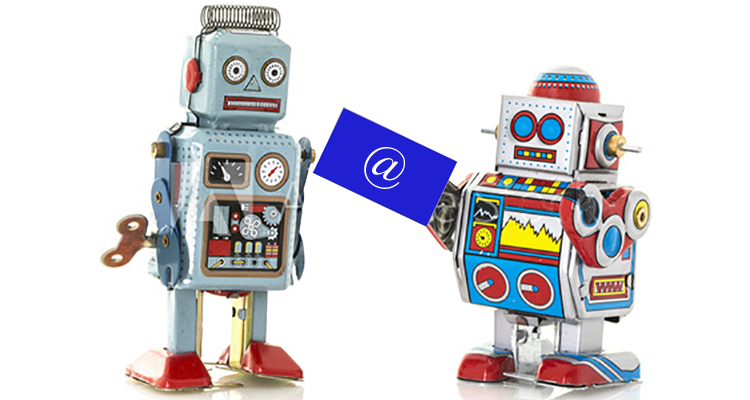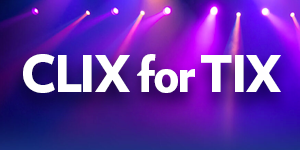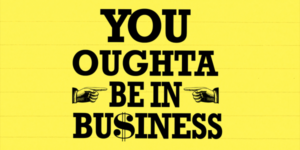Automating Your Emails

Get More Out of Your Campaign by Doing Less
Email Marketing is still one of the most powerful ways of promoting your business. With no printing or postage costs, it provides an excellent ROI, and it’s pinpoint targeting, and track-ability makes it easy to identify and reach your most receptive customers. It has an ROI of 3800%, that is, every $1 spent on Email Marketing returns $38. According to Wordstream, online shoppers who purchase items from an email spend up to 138 percent more than those who do not receive email promotions.
Email marketing is powerful— it is targeted, with a high ROI. But email marketing also takes commitment and, at times, is very time-consuming. Happily, the most effective campaigns can also be automated, with a number of them practically running themselves.
What is an Automated Email? Automated emails are emails (duh) that are pre-written and then triggered by a behavior (signing up for a free download), a specific date or interval of time.
Automated email can best we thought of as Lead Nurturing. Lead nurturing is the process of establishing and maintaining relationships with possible customers, educating clients by sending emails with tips on how to use a product, or recent updates that a company has made to its products or services. It allows potential customers/clients to Know, Like, and Trust a company BEFORE they do business.
Automation keeps you top-of-mind. By continuously reaching out to consumers and actively trying to establish relationships, a company’s prospects will know that a company truly values their business. This will make them more likely to purchase that company’s product when the time is right.
There are several varieties of Automated campaigns, that, taken together, allow you to continually engage with new customers and keep in touch with current ones.
Drip Campaigns—Drip campaigns are the most elaborate and effective form of automation. As the name implies, a Drip Campaign is a series of emails that are released over a period of time, each one containing additional information, or special offers.
A prospect responds to an offer in an email, or an ad, by submitting their email address in exchange for a free downloadable, coupon or access to a video. That action triggers a “Thank You” email that contains an “upsell” offer for a related item—a book, an online course, a product or service. If the prospect takes advantage of the offer, they receive another “Thank You” acknowledgment, and possible a follow-up drip campaign in six months or so. If the prospect does not respond, they will receive a series of emails, usually 2 or three, each with additional information, culminating in a final offer
There are many tools available online that can automate the “dripping” of your content, from Constant Contact, Hubspot, Marketo, Eloqua, Pardot, and others, which allow the user to publish pre-written emails and conduct timely campaigns.
Other Automated Emails
Information Campaigns — If you can write several emails ahead of time, you can set up an Information variation on the Drip Campaign. There are third party companies that supply industry-specific information that you can easily use in your weekly/monthly/quarterly emails. Some of them will even handle sending out the emails for you, automating the entire process
Anniversary Emails — Set to go out on specific dates: Birthdays, Personal Milestones, Work Anniversaries, Holidays, and so on. They’re also good for following up with clients 3, 6, or 12 months after the completion date of an assignment. Birthday emails, in particular, are an extremely useful type of triggered email because they generate up to 342% more revenue than other promotional emails.
Welcome Emails—Emails that are sent out when someone joins your email list, or subscription service, confirming what sort of benefits they are eligible and what type of information they will receive now that they’re on the list.
Thank You Emails — Who doesn’t like to be “Thanked”? Sometimes the internet seems like a cyber Bermuda Triangle, you respond to an ad or email, or you send an inquiry through a website’s response form, and you have no way of knowing if it got through. “Thank You” emails can be set to respond automatically, a great way to acknowledge the prospect, send them a follow-up up offer, or let them know what happens next.
Confirmations Emails — After a transaction, supplying the customer with information about their purchase, customer service info, key numbers if applicable, and so on.
Complete Transaction Emails — Sent when a potential customer begins, but does not complete the purchase process. They could have changed their minds, or of could be a technical problem, or the user experience may have been confusing. Whatever the reason, here’s one last opportunity to close the sale before the would-be customer disappears.
Automated Emails are a very effective marketing platform and a great way to reach out to new and reoccurring customers. For more information or to see how they can become an integral part of your campaigns, please feel free to contact Michale Pilla, [email protected] or call 914-473-0791. Mr. Pilla is a Certified Solution Provider for Constant Contact.



